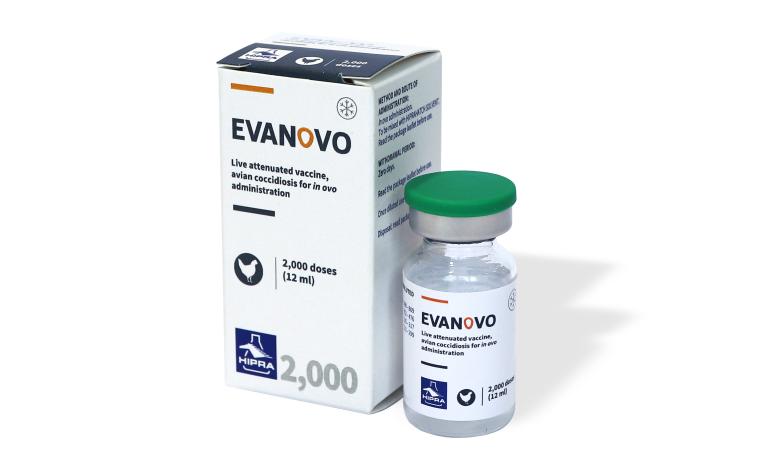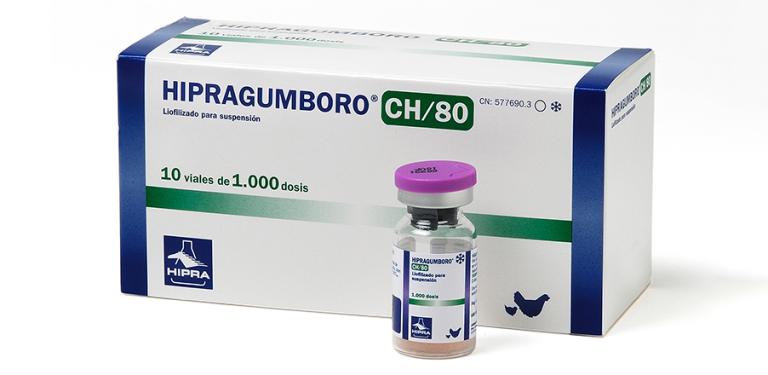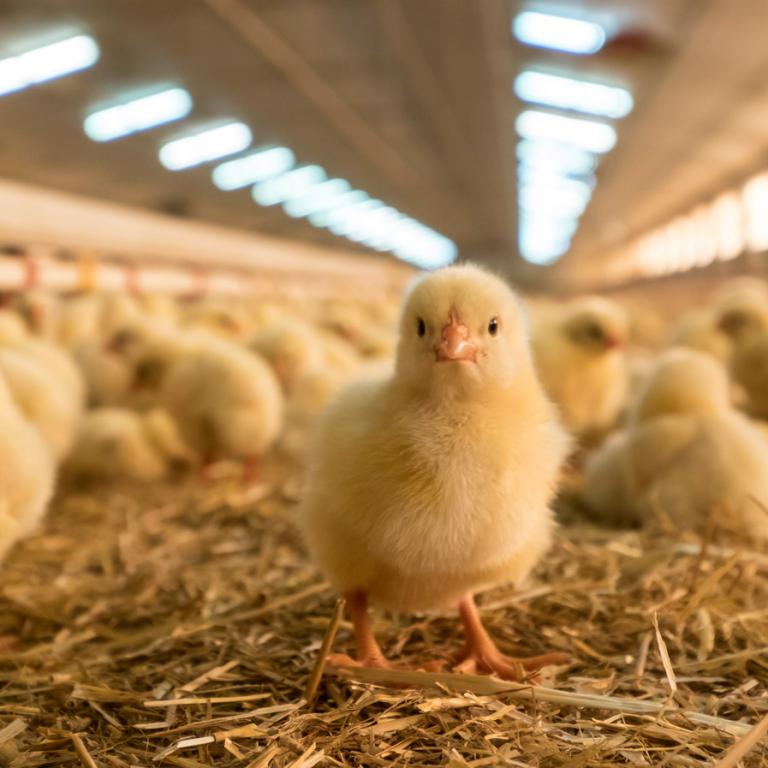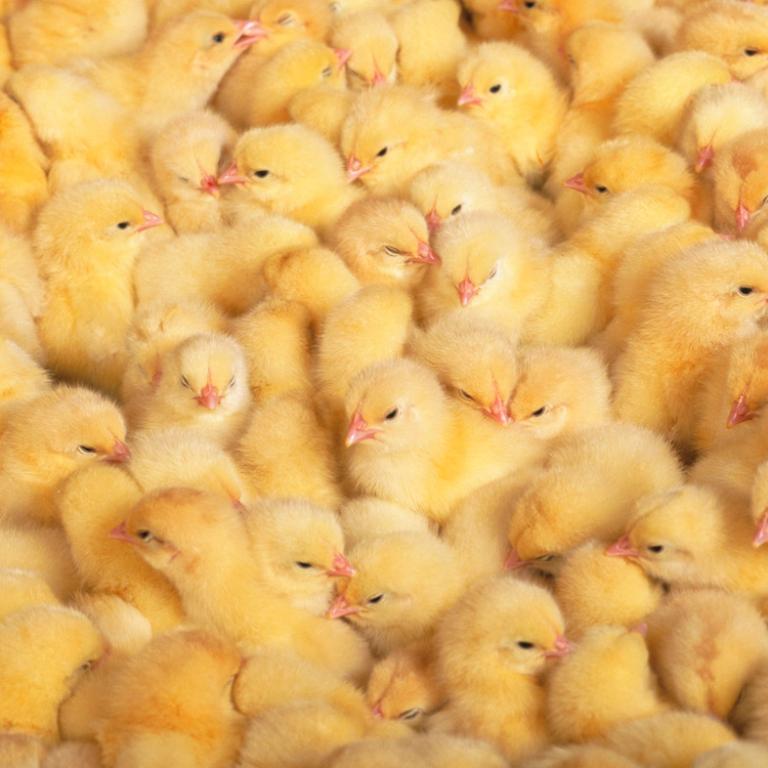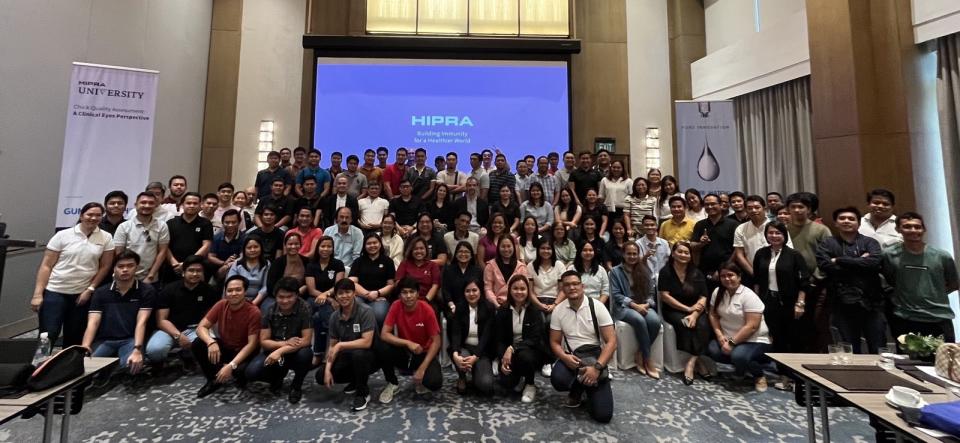Within the scope of assessing new strategies for the control of coccidiosis in poultry, the first factors to consider are always immunological and physiological but also include less objective factors such as the management. However, when these new strategies come to be assessed, the exercise has to be carried out in perspective by evaluating those indicators that are the most critical in order to decide whether maintaining such strategies or to replacing them with others. In the production of broiler chickens, these indicators are solely productive.
Coccidiosis in poultry: Vaccines & Rotation programmes

Live precocious attenuated vaccines for coccidiosis in poultry like HIPRACOX® have been used in numerous countries and situations, and these experiences serve to support the implementation of vaccine rotation programmes for the control of coccidiosis in poultry.
Over the past 10 years, experiences in the field have provided data regarding this cost/benefit ratio, derived from the use of rotation programmes with precocious attenuated vaccines, such as HIPRACOX®. Having vaccinated several million birds in different circumstances throughout the world, these experiences have enabled us to draw various conclusions.
Minor intestinal injuries
Reduction of the total mean lesion score (TMLS), according to the Johnson and Reid method (1970) for coccidiosis in poultry, in vaccinated and post-vaccination cycles compared to pre-vaccination cycles (Dardi et al. 2015, see image above).
Improvements in production indicators
Production results improved during the vaccination phases and in subsequent cycles where the use of anticoccidial drugs was reincorporated, both in winter vaccine cycles in Spain (Alameda et al. 2015) and in central European farms during the summer (Ronsmans et al. 2015):

Production costs per 1,000 kg were reduced, as a result of the birds’ improved performance.

(Alameda et al. 2015) showed that production cost (euros/1,000 kg live weight) was always below average (€923) in the months with vaccination cycles (CDV) compare with previous cycles with anticoccidial drugs (CAV). From the first cycle, there was a positive trend that persisted in all subsequent cycles (CPV). The cost included the value of the vaccine given on the first day of life by coarse spray.
Using precocious attenuated vaccines such as HIPRACOX® against coccidiosis in poultry provides several advantages over traditional programmes based solely on control through the use of anticoccidial drugs. Aimed at broiler chickens in particular, this control strategy is being used in several companies across different countries with optimum results. Ultimately, it has proven a simple tool for reducing the use of antibiotics, as indicated by the major producing countries.
REFERENCES:
-
Dardi, M.; Pagès, M.; Rubio, J.; Mathis, G. F.; Van Mullem, K.; De Gussem, M. 2015. Anticoccidial sensitivity test (AST) results from a farm vaccinated for 3 consecutive flocks with a coccidiosis vaccine. Proceedings of the XIX World Veterinary. Poultry Association Congress. Cape Town, South Africa, 901-905.
-
Johnson, J.K., Reid, W.M. (1970). Anticoccidial drugs: lesion scoring techniques in battery and floor-pen experiments with chickens. Exp. Parasitology, 28, 30-36.
-
Alameda, J.; Fernández, J.; Sierra, C.; Molinero, A.; Dardi, M.; Rubio, J. 2015. Setting the record straight on vaccination against coccidiosis. Proceedings of the XIX World Veterinary. Poultry Association Congress. Cape Town, South Africa, 871-875.
-
Ronsmans, S.; Van Erum, J.; Dardi, M. 2015. The use of a live coccidiosis vaccine in rotation with anticoccidial feed additives: results from the belgian field. Proceedings of the XIX World Veterinary. Poultry Association Congress. Cape Town, South Africa, 876-880.


